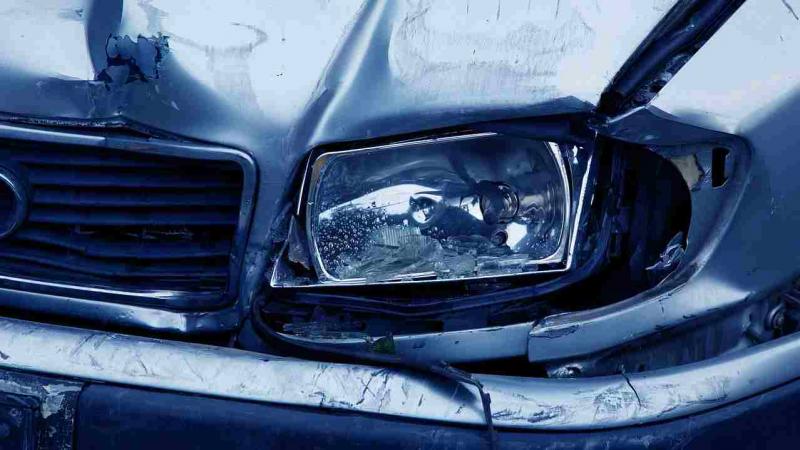
In India, about five lakh road accidents were reported in 2015, killing about 1.5 lakh people. Of the victims, 18-34 year-olds were the most affected. Often, such victims are declared ‘brain-dead’ where the brain loses all its function from the resulting trauma due to the accident. Although their life hangs on a thin balance, these individuals can save others by donating their functional organs, like eyes, kidneys, heart, lungs and liver. However, do drivers in India know enough about organ donation to pledge their organs, should there be a catastrophe?
In a recent survey conducted among rickshaw and taxi drivers in Udupi district of Karnataka, researchers from Kasturba Medical College and Prasanna School of Public Health, Manipal, found that nearly half the participants did not have satisfactory knowledge about the process of organ donation and the risks involved.
Statistics show only about one person among three million donated their organs in India. In Udupi, a study found that about three-fourths of road accidents led to death due to brain injury, making the victims potential organ donors. Then, why is the number of donors so less? The researchers of the current study, published in the journal PLOS ONE, wanted to understand why people do not become organ donors and what initiatives can be carried out to encourage organ donation.
The researchers surveyed professional drivers as they are more likely to be involved in road accidents and, thus, could be a greater help in closing the gap in organ donations. The researchers asked them questions in the local language Kannada to assess their knowledge and beliefs towards organ donation. Among the 300 drivers interviewed, 292 people were aware of organ donation and 211 people said they would like to donate their organs. A majority said they would support the decision of any family member who wished to be an organ donor. Only 133 people were aware that they could donate organs when alive. Kidney and eye donations were widely known among the population.
“The high number of people aware about organ donation could perhaps be related to the 86% literacy rate of Udupi district”, say the researchers. They found that participants educated to class 12th or higher had more knowledge about the types of organ donations and the risks involved. Those who were aware of deceased donation were eighteen times more likely to sign up for a donor card.
In India, even though a person is an organ donor, the family has to consent for donation after their death. Most of the people surveyed feared that their family wouldn’t support their decision to donate. Many also did not trust the health care system and were apprehensive that their organs would end up in medical school and not reach the needful patients. The researchers suggest that improving the communication between doctors and patients can start a positive attitude towards doctors, which can gradually bring a change in people’s outlook towards the process of donation.
“Health education regarding organ donation should be started for high school children who can then influence and educate their families”, add the researchers. In addition, by reaching out to community leaders, more people can be influenced to be donors, such as some Muslim participants who believed their religion did not permit donations.





